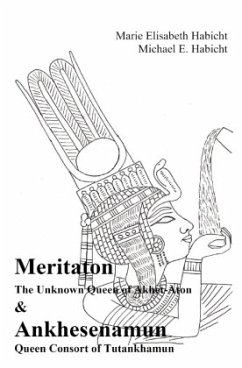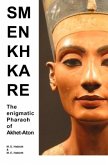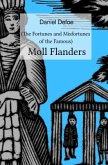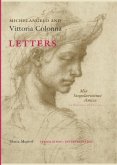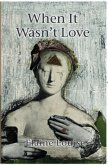Meritaton, The Unknown Queen of Akhet-Aton.The title of the book refers to Meritaton as the unknown Queen of Akhet-Aton. Indeed, she is difficult to define, one of her trademarks in iconographic art is the bald head and often she does not wear any cloths... The book tries to collect important information and images of the Queen that might have played a pivotal role in the transition of the falling Amarna period back to the conventional state concept under King Tutankhamun. Ankhesenamun, Queen Consort of Tutankhamun.The book deals with the life and death of Ankhesenamun, the queen consort at Tutankhamun's side, which can be reconstructed from historical sources. The question of whether she was the mysterious Dahamunzu, who wrote a strange letter to the hostile king of the Hittites, is discussed in detail. On the basis of the images that can be attributed to her, an attempt is also made to define the appearance of Ankhesenamun and to suggest possible mummies, which are discussed inthe research (KV 21A or CG 61076). It is possible, however, that the burial of Ankhesenamun has not yet been found, for there are no traces that would indicate a looted tomb.

